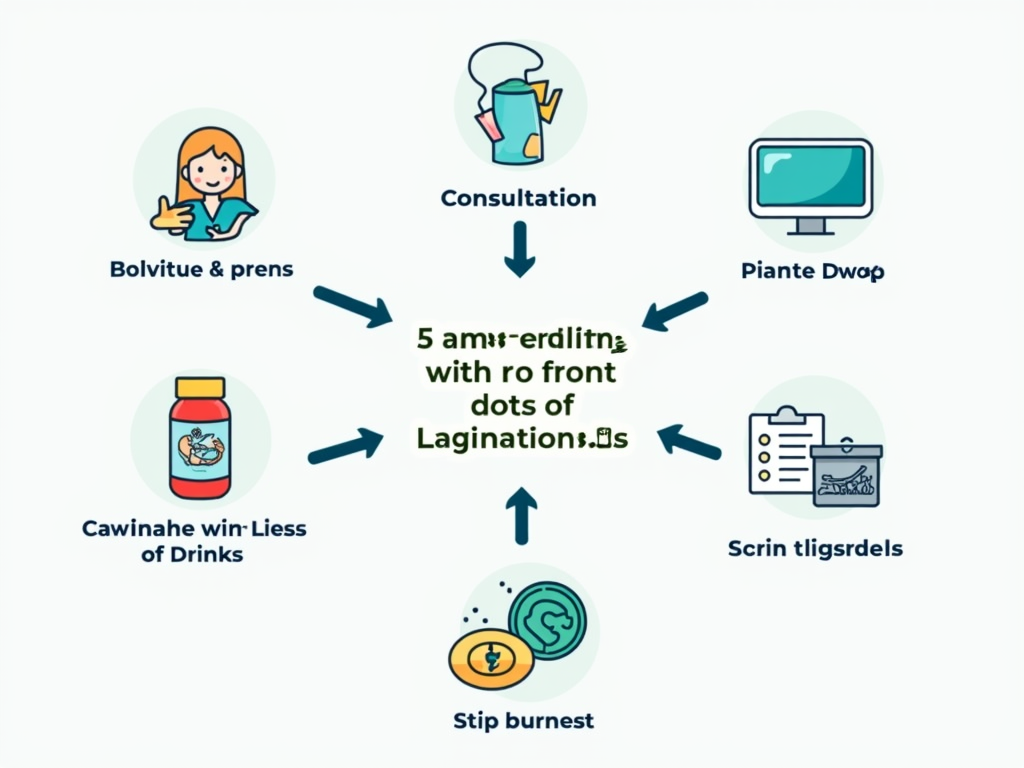Sperm Banking Before Cancer Treatment: A Patient’s Guide
March 28, 2025, 1:19 p.m.
Overview
Sperm banking offers a lifeline for men facing cancer treatment, allowing them to preserve their fertility before therapies that might impact their ability to have kids. This guide walks you through the essentials of Sperm Banking Before Cancer Treatment: A Patient’s Guide, including how it works, what it costs, and why it matters.
What is Sperm Banking?
Sperm banking is a simple process where a man freezes his sperm for future use. It’s a way to safeguard fertility, especially for those about to undergo cancer treatments. You provide a semen sample, it’s tested for quality, and then it’s frozen and stored safely. The beauty of it? It’s quick and straightforward, often taking just a couple of hours from start to finish.

The sample gets mixed with a protective solution and frozen in liquid nitrogen at -196°C. This keeps the sperm viable for years—sometimes decades. I’ve heard stories of men using sperm banked 20 years ago to start families. That’s the power of sperm banking technology today.
Why Sperm Banking Matters for Cancer Patients
Cancer treatments like chemotherapy and radiation can hit fertility hard. These therapies often target fast-growing cells—including those that produce sperm. For some, the damage is temporary, but for others, it’s permanent. The American Cancer Society notes that treatments like testicular radiation or high-dose chemo can cut sperm production drastically.
Take my friend Mark, for example. At 30, he faced lymphoma and wasn’t sure he’d ever have kids. His doctor suggested fertility preservation through sperm banking. It wasn’t an easy conversation, but it gave him hope. Today, he’s in remission and grateful he took that step.

How Sperm Banking Works
Here’s a step-by-step look at the process:
- Consultation: You meet with a fertility specialist to talk about your options.
- Collection: You provide a sample in a private room—usually through masturbation.
- Analysis: The lab checks sperm count, movement, and shape.
- Freezing: The sample is frozen with a special solution.
- Storage: It’s kept in secure tanks for as long as you need.
Worried about privacy? Clinics are pros at making it comfortable. If producing a sample is tough, they’ve got alternatives like surgical retrieval. It’s all about finding what works for you.

Breaking Down the Costs of Fertility Preservation
Let’s talk money. Breaking Down the Costs of Fertility Preservation starts with understanding what you’re paying for. Initial costs cover the consultation, analysis, and freezing—usually between $300 and $1,000. Then there’s annual storage, which runs $200 to $500.
Here’s a quick table to make it clear:
| Service | Cost Range |
|---|---|
| Consultation | $100 - $300 |
| Semen Analysis | $100 - $200 |
| Freezing | $200 - $500 |
| Annual Storage | $200 - $500 |
Good news? Some insurance plans cover parts of this, especially if it’s medically necessary. There are also nonprofits offering grants. When I researched this, I found groups like the LIVESTRONG Foundation stepping up to help cancer patients with costs.

Benefits of Sperm Banking for Future Fertility
The benefits of sperm banking for future fertility are huge. First, it’s peace of mind. Knowing you’ve got a backup plan can ease the stress of treatment. Plus, banked sperm works well with options like IVF, where success rates are solid—many families have been built this way.
I talked to a dad who used his banked sperm after beating leukemia. He said it felt like a gift he’d given his future self. That’s the kind of hope sperm banking brings.

Challenges to Consider
It’s not all smooth sailing. Deciding to bank sperm can feel overwhelming. Some guys feel awkward about the collection process or worry about what their partner thinks. Talking it out helps—whether with a doctor, counselor, or loved one. Clinics often offer support to guide you through.
Timing’s another factor. You need to act before treatment starts, which can feel rushed. But even a tight window is enough—sperm banking can happen in a day.

Other Options
Sperm banking isn’t the only way to preserve fertility. There’s testicular sperm extraction (TESE) for men who can’t produce a sample naturally. It’s more invasive, though, and costs more. Most find sperm banking the easiest and most reliable choice.
Tips for Patients
- Ask Questions: Don’t hesitate to grill your doctor about the process.
- Plan Ahead: Check costs and insurance early.
- Lean on Support: Bring a friend or partner to appointments if it helps.
These steps can make fertility preservation less daunting.

Summary
Sperm Banking Before Cancer Treatment: A Patient’s Guide is about taking control of your future. It’s a practical way to protect your chance at fatherhood, offering hope amid tough times. With clear info on costs, benefits, and the process, you can decide what’s right for you. It’s a small step now for a big reward later.